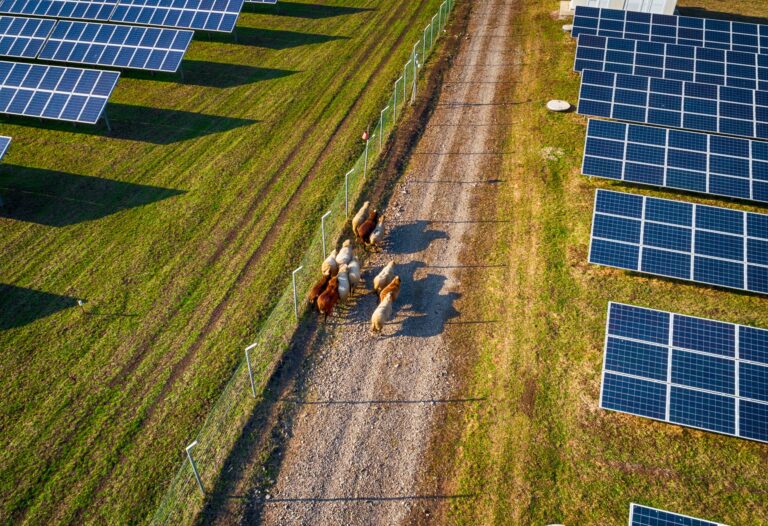The article discusses the potential and process of solar power development in the U.S., emphasizing its role in achieving carbon emission reduction goals. The U.S. receives enough sunlight in five minutes to meet electricity needs for a month, with the Southwest being particularly suitable for utility-scale solar. On average, solar plants require 5 to 7 acres per megawatt of capacity but can now utilize more challenging terrains thanks to technological advancements.
The siting and permitting process for solar projects is complex, often taking three to five years, especially when projects are on federal land managed by the Bureau of Land Management (BLM). Approval involves extensive environmental studies and community engagement to minimize impacts. Solar projects primarily occur on private land, necessitating local and state approvals, while BLM oversees projects on public land, requiring detailed environmental assessments under the National Environmental Policy Act (NEPA). An official Environmental Impact Statement (EIS) is mandatory before project approval. The Solar Energy Industries Association (SEIA) advocates for efficient permitting practices and supports development on federal land.
Word count: 173 (original article is approximately 421 words)
Source link


